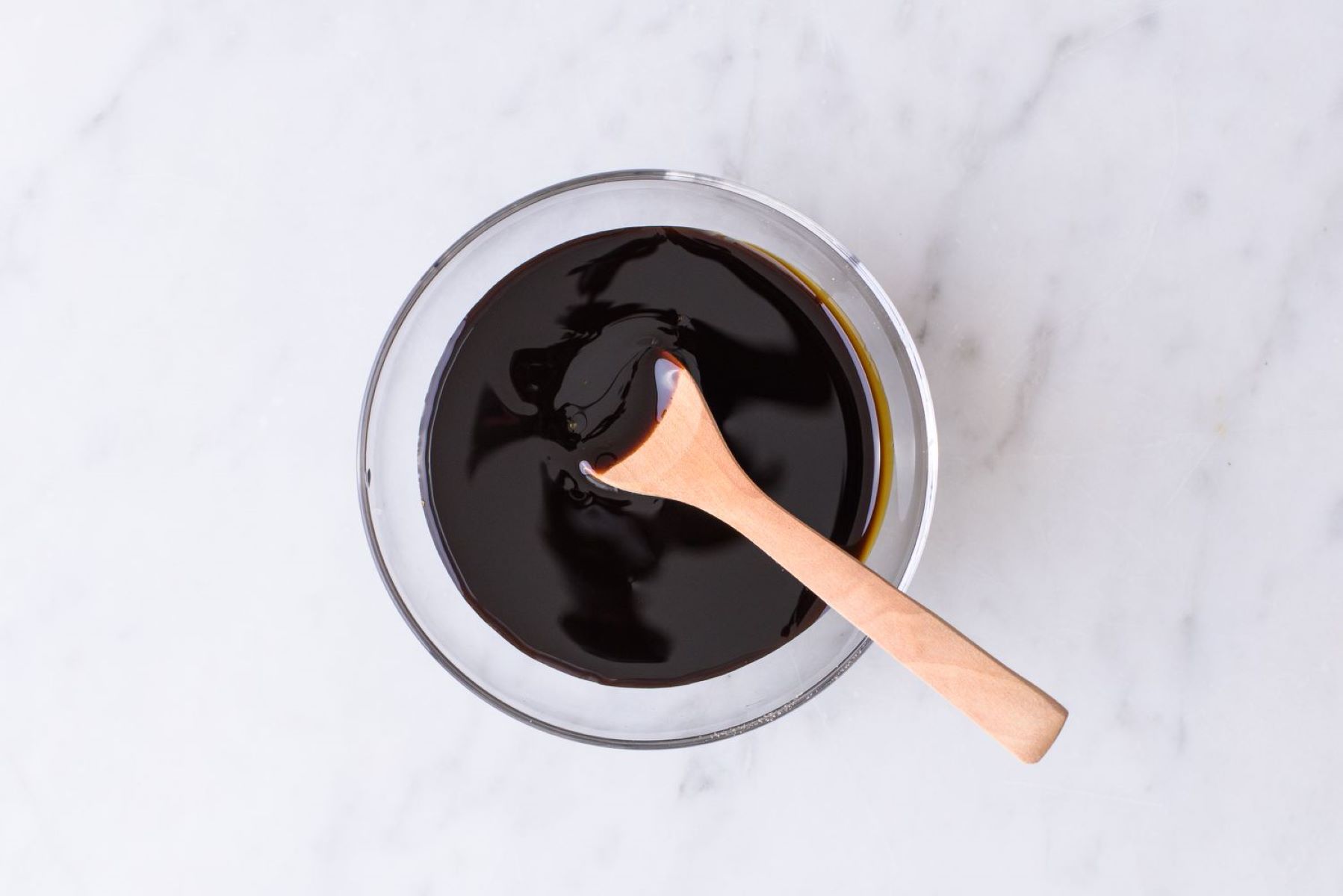

Articles
How To Store Opened Molasses
Modified: December 7, 2023
Looking for tips on storing opened molasses? Check out our informative articles for expert advice and step-by-step instructions to keep your molasses fresh and flavorful.
(Many of the links in this article redirect to a specific reviewed product. Your purchase of these products through affiliate links helps to generate commission for Storables.com, at no extra cost. Learn more)
Introduction
Welcome to this comprehensive guide on how to store opened molasses. Molasses is a thick, dark syrup that is a byproduct of the sugar refining process. It is widely used in cooking and baking, adding a rich, sweet flavor to various dishes and desserts. However, once you’ve opened a bottle of molasses, proper storage becomes essential to maintain its freshness, flavor, and overall quality.
Improper storage of opened molasses can lead to problems such as spoilage, crystallization, and degradation of its taste. Nobody wants to use spoiled or degraded molasses in their recipes, as it can ruin the flavors of even the best dishes. That’s why it is crucial to understand the factors involved in storing opened molasses and adopt the right practices to ensure its longevity.
In this article, we will explore why storing opened molasses is important and delve into the factors to consider in proper storage. We will discuss container selection, temperature and humidity control, air exposure prevention, proper labeling and date tracking, storage location considerations, and checking for spoilage or degradation. By following these guidelines, you can maximize the shelf life of your opened molasses and continue to enjoy its rich, sweet goodness for a longer time.
Key Takeaways:
- Properly storing opened molasses is essential to maintain its freshness, flavor, and quality. Factors such as container selection, temperature control, and air exposure prevention play a crucial role in preserving the rich, sweet goodness of molasses.
- Regularly checking for signs of spoilage or degradation, such as mold growth, off-putting odors, and texture changes, ensures the safety and high quality of your opened molasses. Implementing proper storage practices maximizes the shelf life and flavor of this versatile ingredient.
Read more: How To Store Molasses
Why is Storing Opened Molasses Important?
Storing opened molasses properly is crucial to maintain its freshness, quality, and flavor. Here are several key reasons why it is essential to store your opened molasses correctly:
- Prevents spoilage: Molasses, like many other sweet syrups, is susceptible to spoilage if not stored correctly. Exposure to air and temperature fluctuations can promote the growth of mold, yeast, and bacteria, leading to potential health risks. By properly storing opened molasses, you can minimize the risk of spoilage and ensure its safety for consumption.
- Preserves flavor and texture: When exposed to air, molasses can undergo chemical reactions that alter its flavor and texture over time. It may become dry, crystallized, or develop off-flavors. By storing opened molasses in airtight containers and controlling the temperature, you can help preserve its original taste, consistency, and overall quality.
- Extends shelf life: Proper storage practices can significantly extend the shelf life of opened molasses. By protecting it from air exposure, high temperatures, and excess moisture, you can slow down the degradation process and prolong the molasses’ usability. This allows you to enjoy your molasses for a more extended period without worrying about it going bad.
- Saves money: By storing opened molasses correctly, you can avoid unnecessary waste and save money in the long run. When molasses spoils or degrades, you will have to discard it and purchase a new bottle. Proper storage practices can help prevent the need for frequent replacements, allowing you to make the most of your molasses without incurring unnecessary expenses.
- Maintains nutritional value: Molasses contains essential minerals such as iron, calcium, and magnesium. Proper storage helps retain the nutritional value of molasses, ensuring that you can still benefit from its healthy attributes even after it has been opened. This is especially important for individuals who incorporate molasses into their diet for its nutritional benefits.
By understanding the importance of proper storage for opened molasses, you can ensure that you make the most out of this delicious and versatile ingredient. In the following sections, we will discuss the factors to consider and the best practices for storing opened molasses.
Factors to Consider When Storing Opened Molasses
Successfully storing opened molasses requires careful consideration of various factors. By paying attention to these elements, you can maintain the quality and freshness of your molasses for an extended period. Here are the key factors to consider:
- Container selection and preparation: Choose a container that is airtight and made of glass or BPA-free plastic to prevent air exposure and potential chemical reactions. Before transferring molasses to the container, make sure it is clean and dry to avoid introducing any contaminants.
- Temperature and humidity control: Molasses should be stored at room temperature in a cool, dry place. Avoid storing it in areas exposed to direct sunlight or near sources of heat. Fluctuations in temperature and exposure to high humidity can accelerate spoilage and promote the growth of mold.
- Air exposure prevention: Exposure to air can lead to oxidation and degradation of molasses. Ensure that the container is tightly sealed to minimize air contact. After each use, wipe the rim of the container clean to remove any molasses residue that could interfere with a proper seal.
- Proper labeling and date tracking: Label the container with the date the molasses was opened and note the recommended shelf life. This will help you track the freshness of the molasses and know when it is time to replace it. Additionally, use a marker or label indicating the contents to avoid confusion with other syrups or liquids.
- Storage location considerations: Choose a storage location away from strong odors to prevent the molasses from absorbing unwanted flavors. Additionally, keep it away from areas prone to temperature fluctuations and excessive humidity, such as the refrigerator or near the stove.
- Checking for spoilage or degradation: Regularly inspect the molasses for any signs of spoilage, such as mold growth, off-putting odors, or unusual texture. If you notice any of these signs, it is best to discard the molasses and replace it with a fresh bottle.
By considering these factors and implementing the recommended storage practices, you can maintain the quality, flavor, and usability of your opened molasses. In the next sections, we will dive deeper into each factor, providing you with detailed guidance on how to store your molasses effectively.
Container Selection and Preparation
Choosing the right container for storing opened molasses is crucial to ensuring its quality and longevity. Here are some factors to consider when selecting and preparing a container:
- Airtightness: Opt for a container that is airtight to prevent air exposure. This will help slow down the oxidation process that can cause flavor degradation and spoilage. Glass jars with tightly fitting lids or BPA-free plastic containers with secure seals are ideal choices.
- Material: Glass containers are preferred for storing molasses, as they are non-reactive and do not impart any unwanted flavors or chemicals. However, if using plastic containers, ensure they are made from BPA-free materials to avoid potential leaching of harmful substances into the molasses.
- Cleanliness: Before transferring the molasses to the container, make sure it is clean and dry. Any residual food particles or moisture can introduce bacteria or contaminants that may spoil the molasses. Wash the container with warm, soapy water and rinse it thoroughly. Allow it to dry completely before use.
- Size: Choose a container that comfortably holds the amount of molasses you intend to store. Leaving excess headspace in the container can expose the molasses to more air, potentially accelerating its degradation.
Once you have selected the appropriate container, ensure that it is properly prepared before adding the molasses:
- Wash the container with warm, soapy water and rinse it thoroughly to remove any dust or residues.
- Dry the container completely, either with a clean towel or by air-drying.
- Transfer the molasses into the container, taking care not to spill or introduce any contaminants.
- Seal the container tightly to prevent air exposure. Ensure that the lid or seal is in good condition and fits snugly.
By selecting the right container and properly preparing it, you can create an optimal storage environment for your opened molasses. This will help maintain its freshness, flavor, and quality for a longer period. In the next sections, we will explore additional factors to consider when storing opened molasses.
Temperature and Humidity Control
Controlling the temperature and humidity conditions is crucial for preserving the quality and freshness of your molasses. Here are some factors to consider when it comes to temperature and humidity control:
- Room temperature: Molasses should be stored at room temperature, around 68°F to 77°F (20°C to 25°C). Extreme temperatures, both hot and cold, can affect the consistency and taste of molasses. Avoid storing it in areas exposed to direct sunlight or near sources of heat, such as stoves or radiators.
- Avoid refrigeration: Contrary to popular belief, refrigeration is not necessary for storing opened molasses. Cold temperatures can cause the molasses to thicken and become harder to pour. Additionally, condensation can occur when storing molasses in the refrigerator, introducing moisture and potentially leading to spoilage.
- Humidity levels: High humidity can affect the quality of molasses, promoting mold growth and accelerating spoilage. Choose a storage location with relatively low humidity levels to prevent these issues. It’s best to store molasses in a cool, dry area of your kitchen or pantry.
- Avoid temperature fluctuations: It’s important to avoid exposing molasses to frequent temperature fluctuations. Fluctuating temperatures can cause condensation inside the container, leading to degradation and spoilage of the molasses. Choose a stable storage location away from the influence of external temperature changes.
By controlling the temperature and humidity conditions, you can ensure that your molasses remains in optimal condition. Storing it at a stable room temperature, away from direct sunlight, heat sources, and excessive humidity, will help preserve its taste, texture, and overall quality. In the following sections, we will explore additional factors to consider for successfully storing opened molasses.
Store opened molasses in an airtight container at room temperature. Make sure to seal the lid tightly to prevent air from getting in and causing the molasses to harden.
Read more: How To Store Molasses Long Term
Air Exposure Prevention
Preventing air exposure is crucial when storing opened molasses. Exposure to air can lead to oxidation, resulting in flavor degradation and spoilage. Here are some effective methods to prevent air exposure:
- Choose an airtight container: Select a container that provides a tight seal to prevent air from entering. Glass jars with secure lids or BPA-free plastic containers with airtight seals are excellent options. Ensure that the lid or seal is in good condition and fits snugly to create a barrier against air exposure.
- Wipe the rim clean: After using molasses, make sure to wipe the rim of the container clean. Molasses residue left on the rim can interfere with a proper seal and allow air to enter. Use a clean cloth or paper towel to wipe away any molasses before tightly sealing the container.
- Use a vacuum sealer: If you have a vacuum sealer, consider using it to remove excess air from the container. This method creates an airtight environment and prolongs the freshness of the molasses. Follow the instructions provided with the vacuum sealer for optimal results.
- Avoid partially filled containers: If transferring molasses to a smaller container, ensure that the container is suitable for the amount of molasses you are storing. Leaving excessive headspace in the container allows more air to come into contact with the molasses, potentially accelerating its degradation. Use a container that fits the molasses snugly.
- Store vertically: Storing molasses vertically in the container can help minimize air contact. This position helps create a natural barrier that reduces the surface area exposed to air. Make sure the container is secure and won’t leak when stored in a vertical position.
By taking these measures to prevent air exposure, you can help preserve the flavor and quality of your molasses. Airtight containers, wiping the rim clean, vacuum sealing, avoiding partially filled containers, and storing vertically are all effective ways to maintain the freshness of the molasses. In the following sections, we will explore additional factors to consider when storing opened molasses.
Proper Labeling and Date Tracking
Labeling and tracking the date of your opened molasses is essential for maintaining its freshness and ensuring that you use it within a reasonable timeframe. Here are some tips for proper labeling and date tracking:
- Label the container: Clearly label the container holding your opened molasses. This helps you differentiate it from other syrups or liquids in your pantry and prevents any mix-ups. You can use adhesive labels, marker pens, or label makers to create a clear and visible label.
- Include the date opened: Write down the date you opened the molasses on the label. This allows you to track its freshness and use it within the recommended time frame. Molasses can generally be stored for about one year after opening, but checking the label will ensure you use it before it spoils or degrades.
- Track the recommended shelf life: Check the label on the original molasses container to determine the recommended shelf life after opening. Most manufacturers provide guidelines for how long the molasses will maintain its quality. Make a note of this information on your container’s label for easy reference.
- First-in, first-out (FIFO) system: If you have multiple containers of molasses, use the FIFO system to ensure the oldest one is used first. Place the newly purchased or opened molasses at the back of the storage area, and use the ones that were opened first. This helps prevent spoilage of molasses that may have been sitting in storage for a longer period of time.
- Regularly check for spoilage: While it’s important to label and track the date of your opened molasses, it’s equally crucial to regularly inspect it for signs of spoilage. Check for mold growth, off-putting odors, or any change in texture. If you notice any of these signs, discard the molasses, even if it’s before the labeled expiration date.
By properly labeling and tracking the date of your opened molasses, you can ensure its freshness and use it within the recommended time frame. Additionally, regularly checking for spoilage helps prevent the consumption of potentially spoiled or degraded molasses. In the following sections, we will explore further factors to consider when storing opened molasses.
Storage Location Considerations
Choosing the right storage location for your opened molasses is essential for maintaining its quality and flavor. Here are some key considerations to keep in mind:
- Away from strong odors: Molasses can easily absorb strong odors from its surroundings. Store it away from pungent spices, cleaning products, or any other items with a strong scent. This will help preserve the original flavor and aroma of the molasses.
- Avoid temperature fluctuations: Choose a storage location that is stable in terms of temperature. Fluctuating temperatures can cause condensation inside the container, leading to degradation and spoilage of the molasses. Avoid areas near heat sources, such as the stove or oven, as well as areas prone to temperature fluctuations, such as near windows or vents.
- Avoid excessive humidity: High humidity can promote mold growth and accelerate the spoilage of molasses. Choose a storage location with relatively low humidity levels. Avoid storing molasses in areas like the refrigerator, which can introduce excess moisture and potentially cause the molasses to crystallize or spoil.
- Cool and dry area: Optimal storage conditions for molasses involve a cool and dry area. A pantry or cupboard in the kitchen, away from direct sunlight and heat sources, is usually an ideal choice. Ensure the storage location is clean and free from any potential contaminants.
- Accessibility: Consider storing your molasses in a location that is easily accessible, making it convenient for regular use. This will help you stay on top of its freshness and ensure that you use it before it reaches its expiration date.
- Organizational system: If you have multiple jars or containers of molasses, consider implementing an organizational system. Group similar ingredients together or use storage containers with clear labels to easily identify the molasses. This helps you locate and access the molasses efficiently.
By considering these storage location considerations, you can create an optimal environment for your opened molasses. Storing it away from strong odors, controlling temperature fluctuations and humidity, and selecting a cool and dry area will help preserve its quality and extend its shelf life. In the next section, we will discuss how to check for spoilage or degradation of your molasses.
Checking for Spoilage or Degradation
Regularly checking for spoilage or degradation is an important step in maintaining the quality and safety of your opened molasses. Here are some key indicators to look for:
- Mold growth: Inspect the surface of the molasses for any signs of mold growth. Mold can appear as fuzzy patches or discoloration on the top layer. If you notice mold, discard the molasses immediately, as consuming moldy molasses can lead to health issues.
- Off-putting odors: Take a sniff of the molasses to check for any unusual or foul odors. Fresh molasses should have a sweet, earthy aroma. If you detect any sour, rancid, or off-putting smells, it indicates that the molasses has started to spoil and should not be consumed.
- Texture consistency: Observe the texture of the molasses. It should have a smooth, syrupy consistency. If you notice any graininess, crystallization, or clumping, it could be a sign of degradation. Molasses with an altered texture may not give the desired results when used in recipes.
- Color changes: While molasses naturally darkens over time, monitor for any significant changes in color. If the molasses appears unusually lighter or darker than its original shade, it may indicate spoilage or degradation.
- Taste test: When in doubt, perform a taste test. Dip a clean spoon into the molasses and taste a small amount. The flavor should be rich, sweet, and characteristic of molasses. Any sour or off flavors suggest that the molasses has gone bad and should be discarded.
It is important to note that molasses does not have a uniform shelf life, as it can vary depending on storage conditions and quality. However, as a general guideline, molasses can be stored for up to one year after opening. If you notice any of the above signs of spoilage or degradation, it is best to err on the side of caution and replace the molasses with a fresh bottle.
Regularly inspecting your molasses for mold, odors, texture changes, color variations, and taste quality will help ensure that you are using safe and high-quality molasses in your recipes. By practicing proper storage and diligently checking for spoilage, you can continue to enjoy the delicious flavor of molasses without compromising your health or the taste of your dishes.
Now that you’re familiar with the factors to consider when storing opened molasses, you are equipped with the knowledge to effectively store and maintain the quality of your molasses. By following these guidelines, you can prolong the shelf life and enjoy the rich, sweet goodness of molasses in your cooking and baking endeavors.
Remember, proper storage and regular checks are essential for optimal flavor and safety, so make sure to implement these practices with each bottle of molasses you open.
Read more: How To Store Opened Champagne
Conclusion
In conclusion, properly storing opened molasses is crucial to maintain its freshness, flavor, and overall quality. By following the factors outlined in this guide, you can maximize the shelf life of your molasses and continue to enjoy its rich, sweet taste in your cooking and baking endeavors.
First, consider container selection and preparation. Choose an airtight glass or BPA-free plastic container and ensure it is clean and dry before transferring the molasses. This helps prevent air exposure and potential contamination.
Temperature and humidity control is also vital when storing molasses. Aim for a cool, dry room temperature storage location and avoid refrigeration or areas prone to temperature fluctuations.
Preventing air exposure is crucial to maintaining the freshness of molasses. Seal the container tightly, wipe the rim clean after use, and consider using a vacuum sealer to remove excess air.
Properly labeling and tracking the date of your opened molasses ensures that you use it within its recommended shelf life. Employ a first-in, first-out (FIFO) system and regularly check for spoilage or degradation.
Consider storage location considerations, such as avoiding strong odors, maintaining stable temperature conditions, and keeping the molasses in a cool and dry area.
Lastly, regularly check for signs of spoilage or degradation, including mold growth, off-putting odors, texture changes, color variations, and taste quality.
By implementing these practices, you can extend the shelf life of your opened molasses and ensure that it continues to enhance your recipes with its rich, sweet flavor. Remember, high-quality storage leads to high-quality molasses.
So, as you embark on your culinary adventures, don’t forget to pay attention to proper storage techniques for your opened molasses. Your taste buds will thank you for it!
Frequently Asked Questions about How To Store Opened Molasses
Was this page helpful?
At Storables.com, we guarantee accurate and reliable information. Our content, validated by Expert Board Contributors, is crafted following stringent Editorial Policies. We're committed to providing you with well-researched, expert-backed insights for all your informational needs.

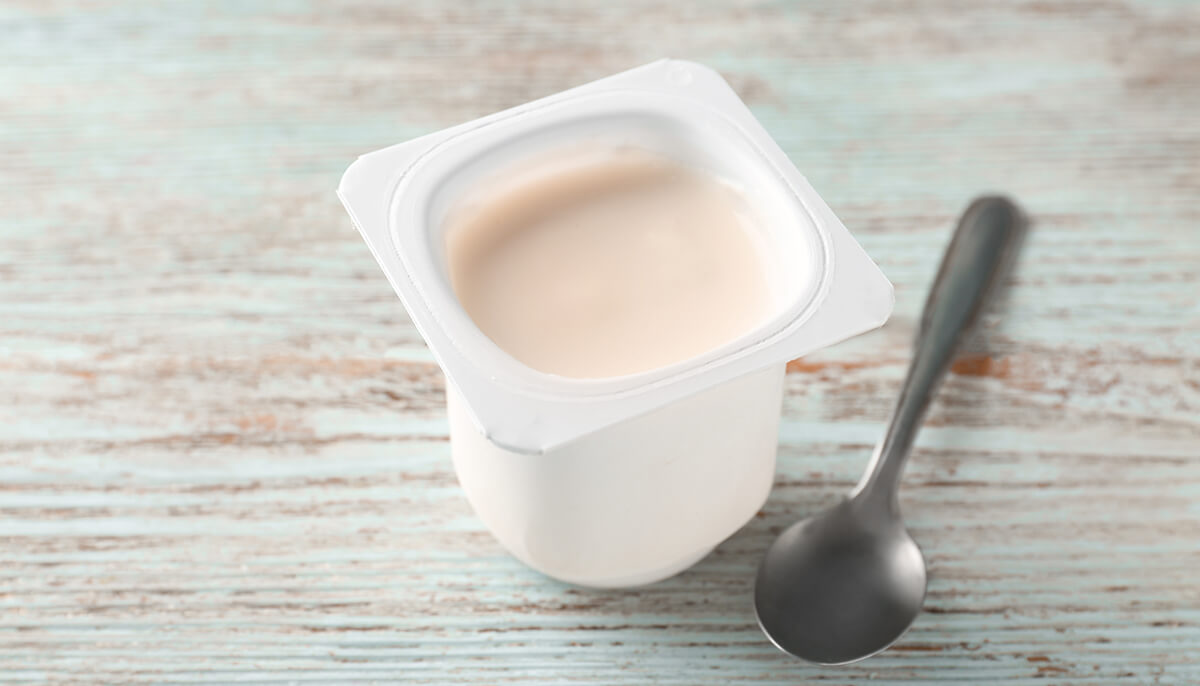


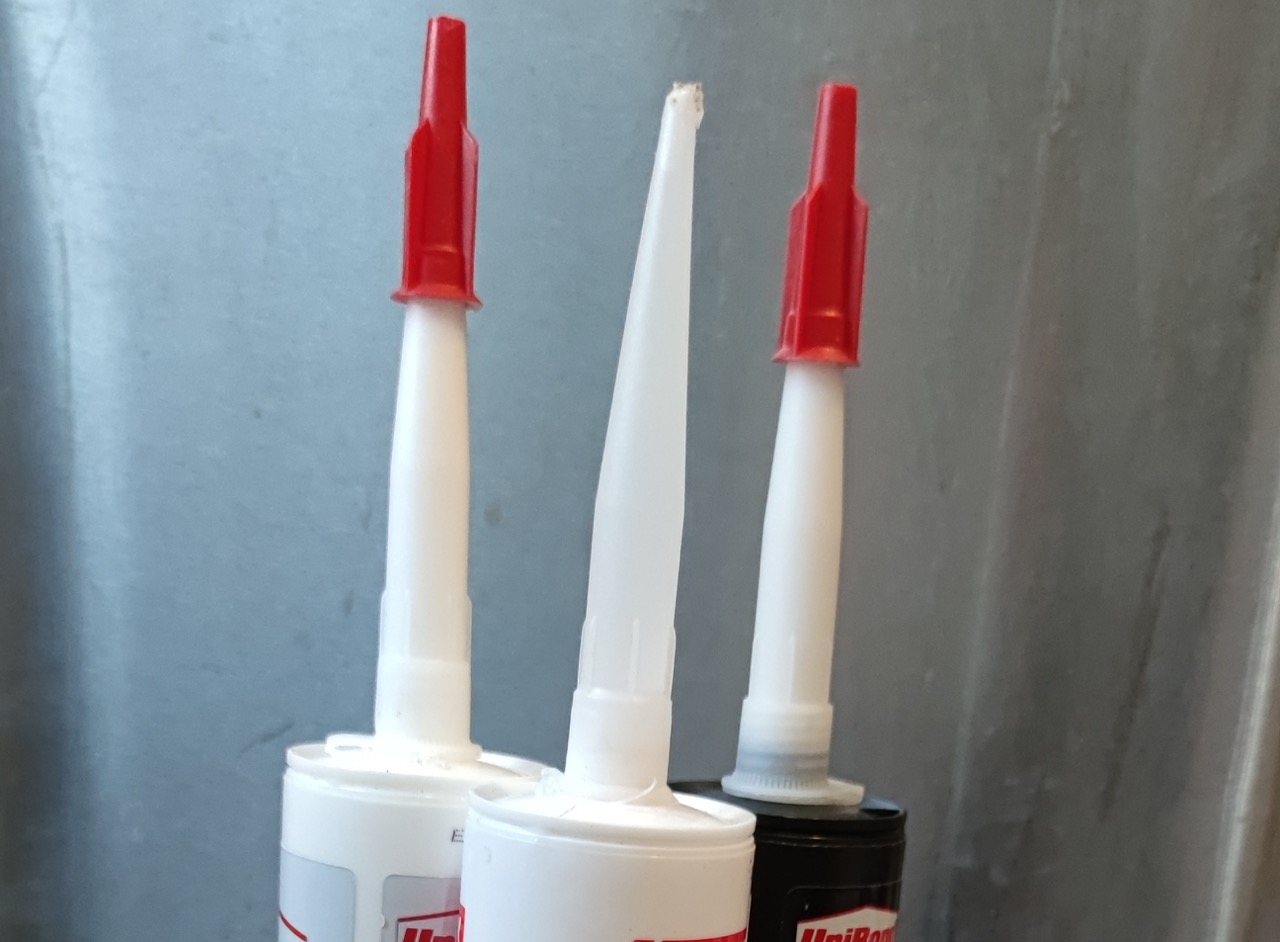





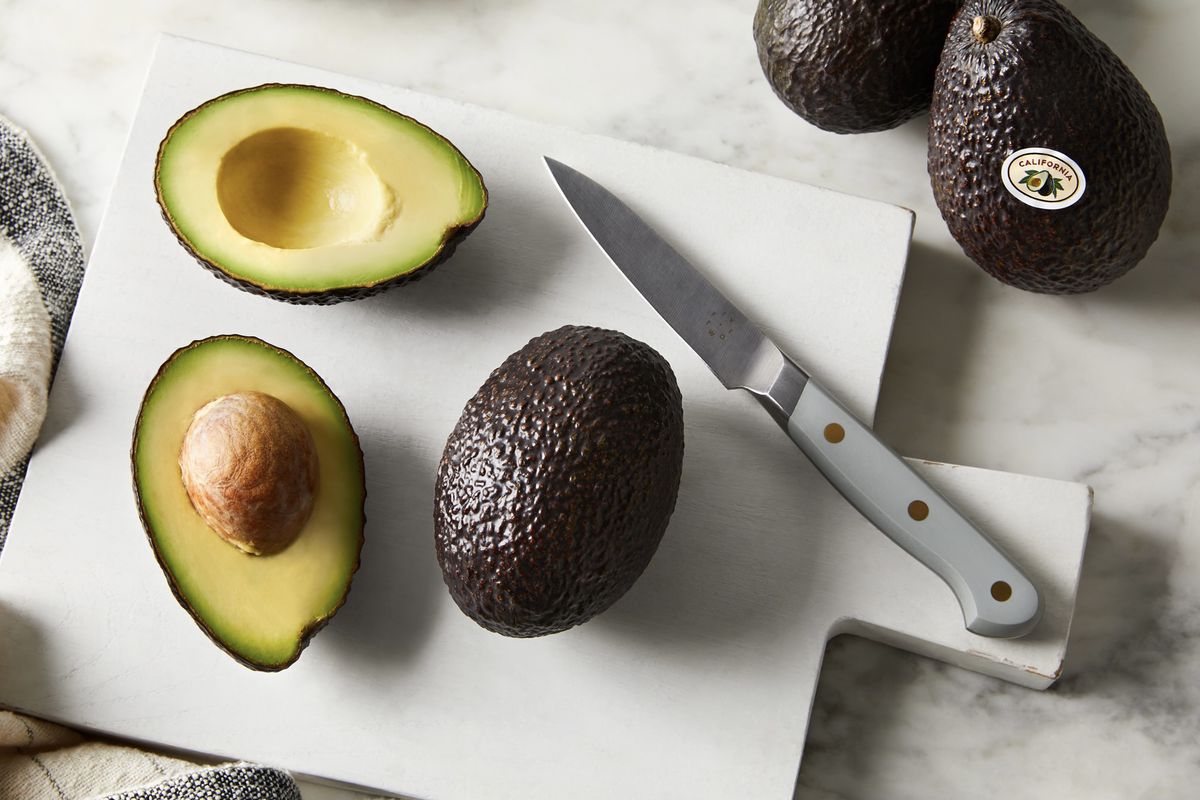

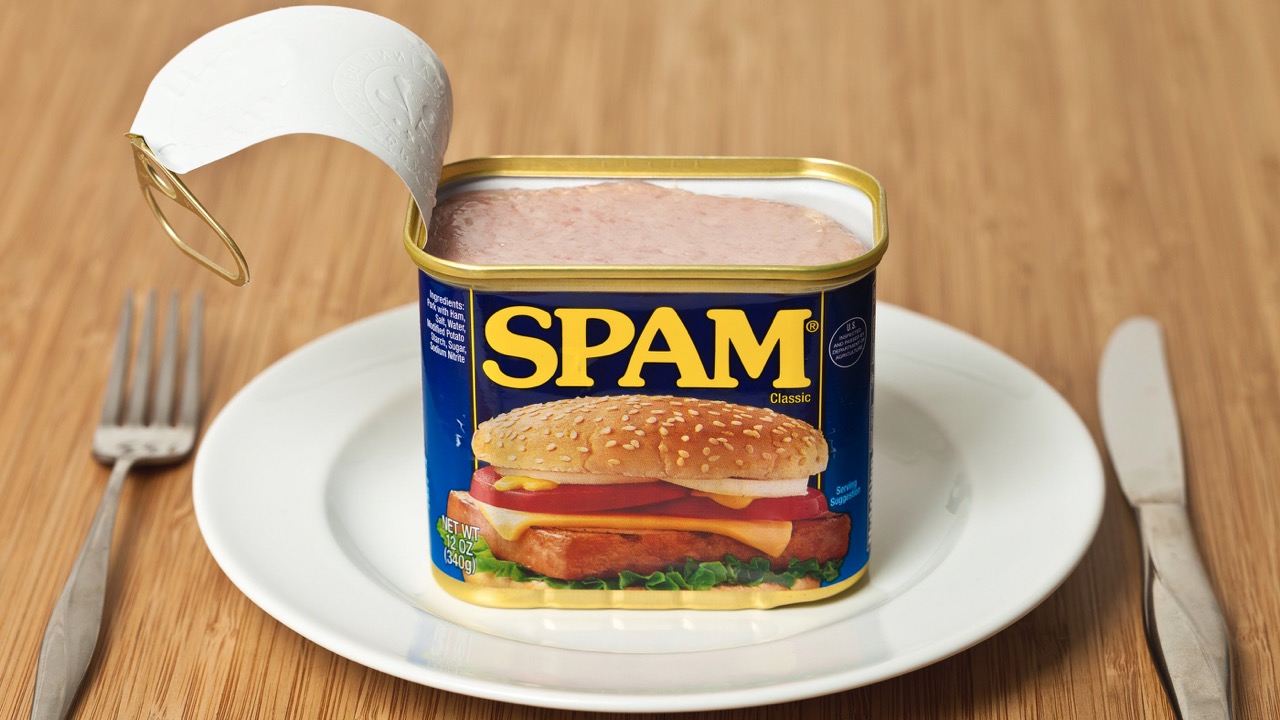

0 thoughts on “How To Store Opened Molasses”